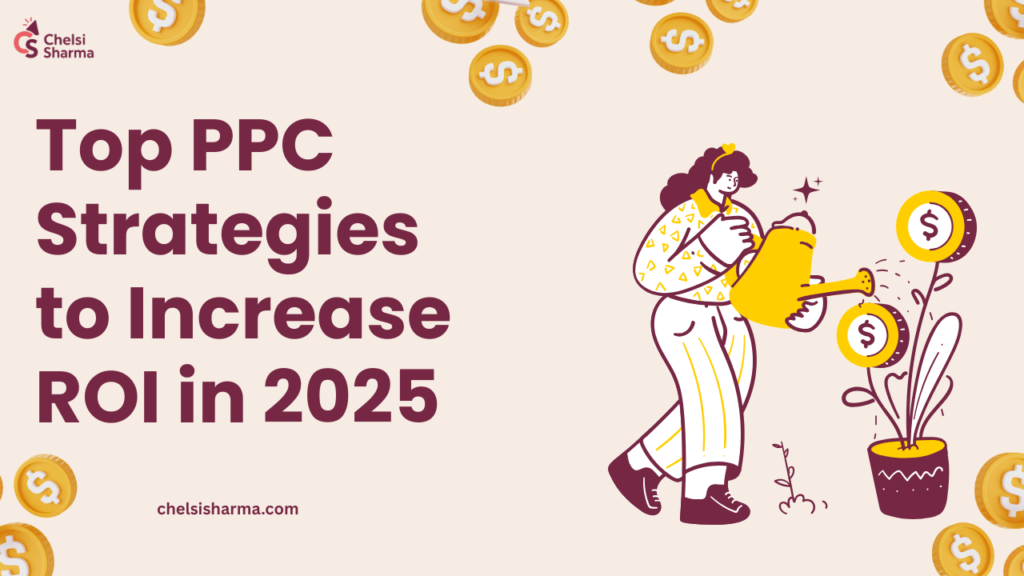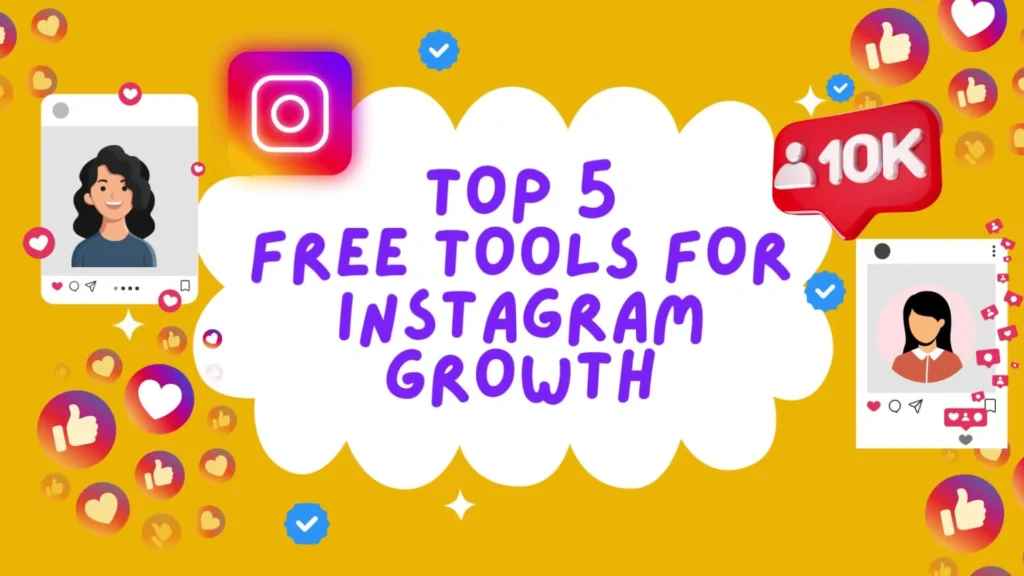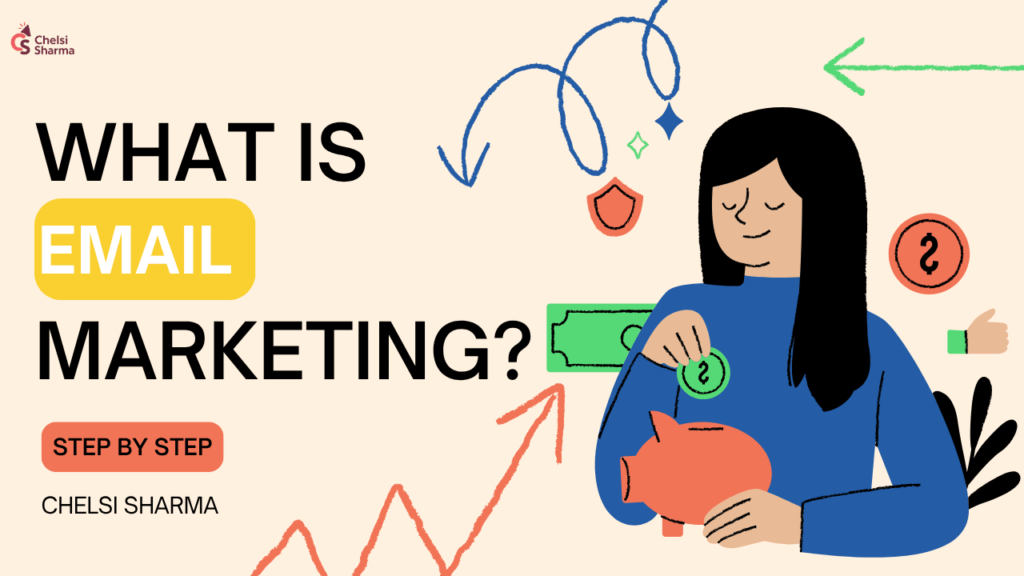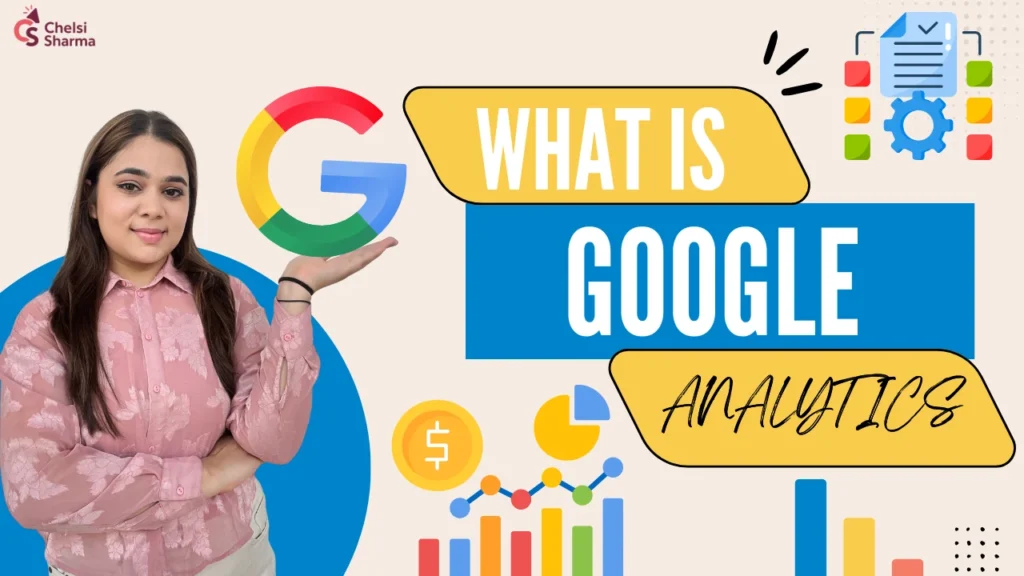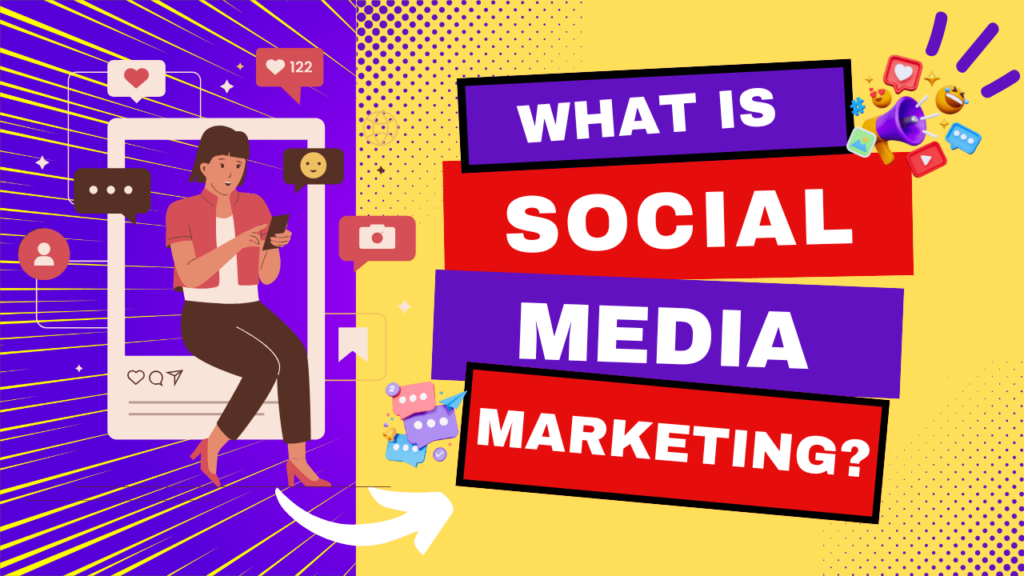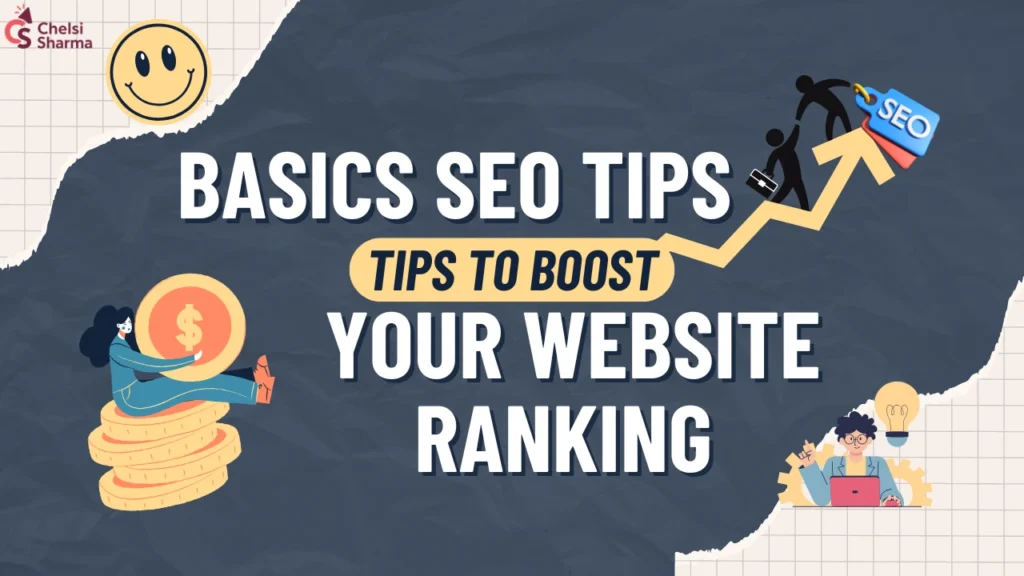Top PPC Strategies to Increase ROI in 2025
Why PPC Strategies Matter in 2025 In today’s digital-first economy, businesses are investing heavily in online advertising. Pay-Per-Click (PPC) campaigns remain one of the most powerful ways to reach targeted audiences and generate measurable results. However, with competition growing every year, applying the right PPC strategies is crucial to stand out. In this blog, we’ll dive deep into the top PPC strategies you can use in 2025 to increase ROI, lower costs, and maximize conversions. Whether you’re a beginner or an experienced marketer, these methods will help you refine your campaigns. Understanding the Basics of PPC What Is PPC? PPC, or Pay-Per-Click, is an online advertising model where businesses pay each time someone clicks on their ad. Platforms like Google Ads, Bing Ads, Facebook, and LinkedIn Ads dominate this space. Why Businesses Use PPC When aligned with strong PPC strategies, campaigns can drive not just clicks, but quality leads and sales. Top PPC Strategies for 2025 Strategy 1 – Leverage AI-Powered Campaign Optimization Artificial Intelligence has revolutionized digital marketing. In 2025, AI-driven bidding, targeting, and predictive analytics are must-haves. Benefits of AI in PPC Marketers using AI-based PPC strategies see higher ROI with less manual effort. Strategy 2 – Focus on Audience Segmentation Instead of broad targeting, audience segmentation allows advertisers to deliver personalized ads. Segmentation Examples With better segmentation, your PPC strategies reach the right users at the right time. Strategy 3 – Utilize Responsive Search Ads (RSAs) Responsive search ads automatically test multiple headline and description combinations. This helps you identify what works best. Why RSAs Improve Performance Adding RSAs to your PPC strategies ensures better engagement and higher ROI. Strategy 4 – Embrace Automation and Smart Bidding Manual bidding is time-consuming. Smart bidding uses machine learning to maximize conversions. Smart Bidding Options Automation-driven PPC strategies free up time for marketers to focus on creative elements. Strategy 5 – Optimize for Voice Search As voice search continues to grow, ads should reflect conversational queries. Examples of Voice-Friendly Keywords Voice-optimized strategies ensure your ads appear in voice-assisted results. Strategy 6 – Invest in Video Ads Short-form videos are dominating platforms like YouTube, Instagram, and TikTok. Benefits of Video in PPC Adding video ads to your strategies boosts visibility and conversions. Strategy 7 – Use Remarketing Campaigns Remarketing targets users who previously interacted with your website. Types of Remarketing Remarketing strategies help re-engage warm leads, improving conversion rates. Strategy 8 – Test Ad Extensions Ad extensions add more value to your ads by including links, callouts, or contact info. Popular Extensions By using extensions, your strategies create more compelling ad experiences. Strategy 9 – Prioritize Mobile-First Campaigns Mobile users dominate online activity. Ads should be optimized for smaller screens. Mobile PPC Optimization Tips Mobile-first PPC strategies align with consumer behavior in 2025. Strategy 10 – Monitor and A/B Test Campaigns Continuous testing ensures ongoing success. What to A/B Test Consistent testing makes your strategies adaptable and more effective. Advanced PPC Strategies for Pro Marketers Cross-Platform Advertising Running ads across multiple platforms—Google, LinkedIn, TikTok—maximizes reach. Customer Journey Mapping Understanding where users are in their buying journey helps tailor ad messaging. Predictive Analytics Using data to predict future behavior sharpens PPC strategies for long-term growth. FAQs Conclusion The world of digital marketing evolves rapidly, and in 2025, businesses must stay ahead with innovative PPC strategies. From AI automation to video ads, mobile optimization, and remarketing campaigns, the possibilities are endless. By continuously testing and refining your campaigns, you’ll not only maximize ROI but also build stronger connections with your audience. The key is to stay adaptive, data-driven, and creative. About The Author Chelsi Sharma is a passionate digital marketer specializing in SEO, social media, and PPC campaigns. With experience in optimizing ad strategies for maximum ROI, she helps brands grow in today’s competitive digital landscape.

